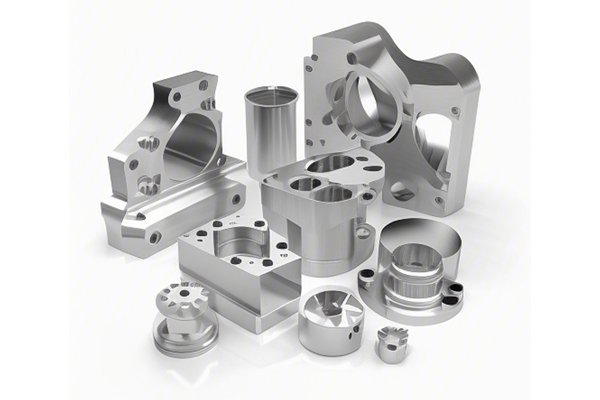Opening: The Challenge of Design Flexibility
Did you know that nearly 70% of engineering projects experience some form of design change after production has begun? This staggering statistic highlights the reality that in today’s fast-paced manufacturing environment, design changes are not just common; they are often expected. For industries leveraging CNC (Computer Numerical Control) machining, this presents unique challenges. In a field where precision and efficiency are paramount, frequent alterations to product designs can lead to costly delays, increased waste, and potential quality issues.
In this comprehensive guide, we will explore how to effectively manage and mitigate the impacts of frequent design changes on CNC machining processes, ensuring that manufacturers can adapt quickly while maintaining quality and efficiency.
Understanding the Impact of Design Changes
CNC machining is a highly efficient manufacturing process that utilizes computer-controlled tools to produce complex parts from various materials. The process is renowned for its precision, repeatability, and the ability to create complex geometries with minimal human intervention. However, CNC machining is not inherently flexible. When a design change is introduced, it can ripple through the entire manufacturing process, necessitating adjustments at multiple stages.
Design changes in CNC machining can occur for various reasons, including:
Strategies for Managing Design Changes in CNC Machining
Agile manufacturing is a strategy that emphasizes flexibility and responsiveness to change. By adopting agile principles, CNC machining operations can better cope with frequent design modifications. Key elements of agile manufacturing include:
Modern Computer-Aided Design (CAD) and Computer-Aided Manufacturing (CAM) software have the capability to efficiently accommodate design changes. These tools allow for:
Establishing a structured change management process is critical in mitigating the effects of design changes on CNC machining. A few key components to consider include:
Tools and fixtures that can adapt to multiple design configurations can significantly reduce downtime. Investing in modular tooling systems allows CNC operators to:

Continuous training for CNC operators ensures that the workforce adapts to changes with confidence and skill. Training initiatives may include:
Encouraging a culture where adaptability, innovation, and open communication are valued can have a lasting impact on how an organization handles design changes. Implementing weekly briefings or after-action reviews can help:
Technology Integration in CNC Machining
The use of IoT technologies can further enhance the adaptability of CNC machining operations. By integrating sensors and data analysis, manufacturers can achieve:
Artificial Intelligence (AI) can assist in optimizing CNC machining processes when design changes occur, delivering valuable insights into:
Addressing Quality Assurance
Design changes can lead to quality vulnerabilities. To maintain high-quality standards, manufacturers should implement:
Continuous Improvement and Evaluation
Manufacturers should adopt a mindset of continuous improvement, regularly reviewing and refining CNC machining processes in light of design changes. Developing comprehensive metrics to evaluate the impact of design changes can assist in:
: Embracing Change as an Opportunity
In summary, navigating the challenges posed by frequent design changes in CNC machining requires a multifaceted approach that integrates agility, advanced technology, robust processes, and a culture of adaptability. By focusing on continuous improvement and embracing innovation, manufacturers can turn potential setbacks into catalysts for growth.
As industries increasingly prioritize speed and flexibility in response to market demands, understanding and implementing strategies to effectively manage design changes is not just important; it is essential for survival and success in the competitive landscape of CNC machining.
Now more than ever, companies must reflect on their processes and consider how they can become adaptable to thrive in an environment where design changes are not just a possibility, but an inevitability.






